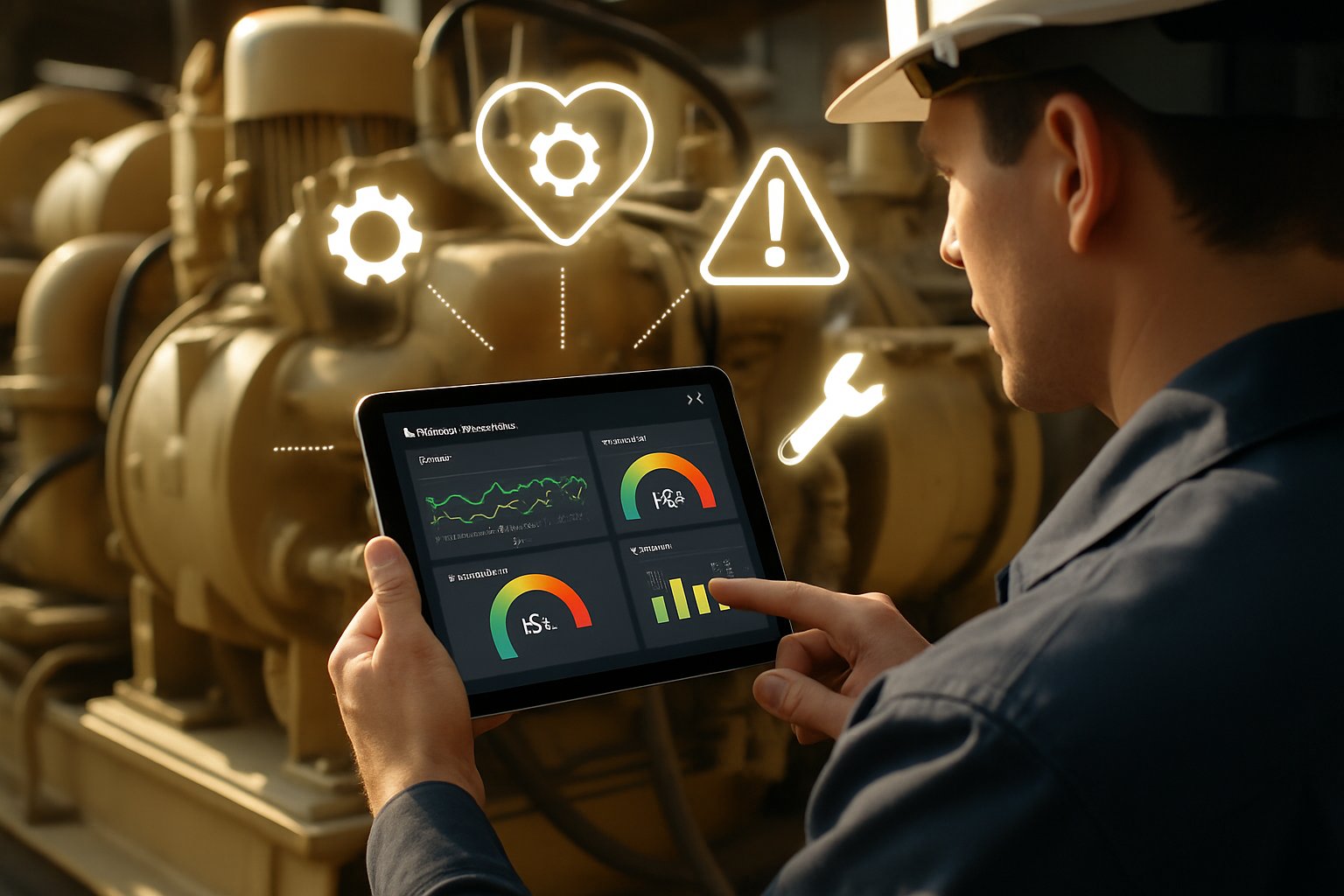
AI CERTS
5 hours ago
Maintenance AI boosts equipment lifespan by 40%
However, the headline number hides complexity. Data maturity, organisational discipline, and model design all matter. This article dissects how Maintenance AI extends equipment life, explores market dynamics, and flags verification steps for cautious adopters.

Additionally, we map emerging trends spanning Industrial IoT, Predictive Analytics, and generative diagnosis. Readers will leave with a pragmatic roadmap and resources, including an advanced certification link, to sharpen their maintenance strategies.
Benchmarking Lifespan Gains Now
McKinsey states predictive maintenance lowers downtime by 30–50 percent. Moreover, machine life can rise 20–40 percent.
These figures anchor most vendor marketing. Nevertheless, benchmarks come from aggregated pilots, not universal truth.
Maintenance AI combines statistical models with Industrial IoT sensors to predict remaining useful life.
- 30–50% reduction in unplanned downtime
- 20–40% extension in equipment life
- ROI payback within 1–3 years
- Maintenance costs cut by up to 40%
Benchmarks show impressive potential yet remain context dependent.
Consequently, deeper market signals merit examination.
Market Momentum And Forecasts
Global predictive-maintenance revenue could near USD 48 billion by 2029, according to MarketsandMarkets.
Furthermore, strong 35 percent CAGR reflects Industrial IoT adoption and cloud expansion.
Maintenance AI solutions now arrive bundled inside digital-twin suites from GE Digital, Siemens, and IBM.
Growth signals clear investor confidence. However, technology breadth complicates vendor selection.
Emerging diagnostic advances sharpen that selection process.
Emerging Generative Diagnosis Tools
Transformer models parse vibration, audio, and text logs simultaneously.
Moreover, generative engines craft step-by-step repair instructions alongside alerts.
This evolution moves Maintenance AI from simple warnings toward prescriptive guidance.
Industrial IoT edge nodes continuously feed rich datasets into these advanced models.
Powerful tools raise value expectations. In contrast, they also escalate data-governance demands.
Implementation Hurdles And Risks
Data gaps remain the top barrier. Legacy equipment often lacks high-resolution sensors.
In contrast, predictive multiplicity research warns that equally accurate models may disagree per asset.
Maintenance AI systems must therefore quantify uncertainty to retain technician trust.
Cybersecurity, integration cost, and change management further complicate rollouts.
These challenges highlight critical gaps. However, emerging solutions are transforming the market landscape.
Case Studies And Verification
Vendors often tout 40 percent life gains. Yet many studies involve single facilities without control groups.
Nevertheless, investigative questions quickly expose methodological flaws.
- Define “machine lifespan” precisely.
- Share baseline maintenance metrics.
- Provide per-asset precision and recall.
- Disclose independent audit evidence.
Robust answers separate credible Maintenance AI claims from marketing gloss.
Upskilling teams ensures those credible systems deliver value.
Skills Needed For Success
Technicians need hybrid literacy spanning sensors, data labeling, and root-cause analysis.
Meanwhile, managers must read Predictive Analytics dashboards and align procurement processes.
Professionals can enhance their expertise with the AI+ Data Robotics™ certification.
Consequently, certified teams implement Maintenance AI more consistently.
Skills unlock practical gains. Subsequently, strategic alignment converts those skills into defined roadmaps.
Strategic Roadmap And Actions
Start with a small, sensor-rich asset family.
Subsequently, benchmark failure costs and downtime baselines.
Integrate Industrial IoT streams, then layer Predictive Analytics models.
Finally, scale Maintenance AI across sites once KPIs improve.
- Define clear lifespan metrics.
- Validate model accuracy with holdout data.
- Quantify alert confidence thresholds.
- Embed responses in work order systems.
Structured rollout mitigates risk while capturing upside.
The conclusion distills these insights into next steps.
Conclusion And Next Steps
Maintenance AI can extend asset life up to 40 percent when supported by rich data and disciplined workflows.
Moreover, Industrial IoT connectivity and Predictive Analytics engines amplify impact, while uncertainty controls preserve trust.
Nevertheless, success depends on careful vendor validation, skill development, and phased scaling.
Explore certifications and further resources to future-proof your maintenance strategy today.



